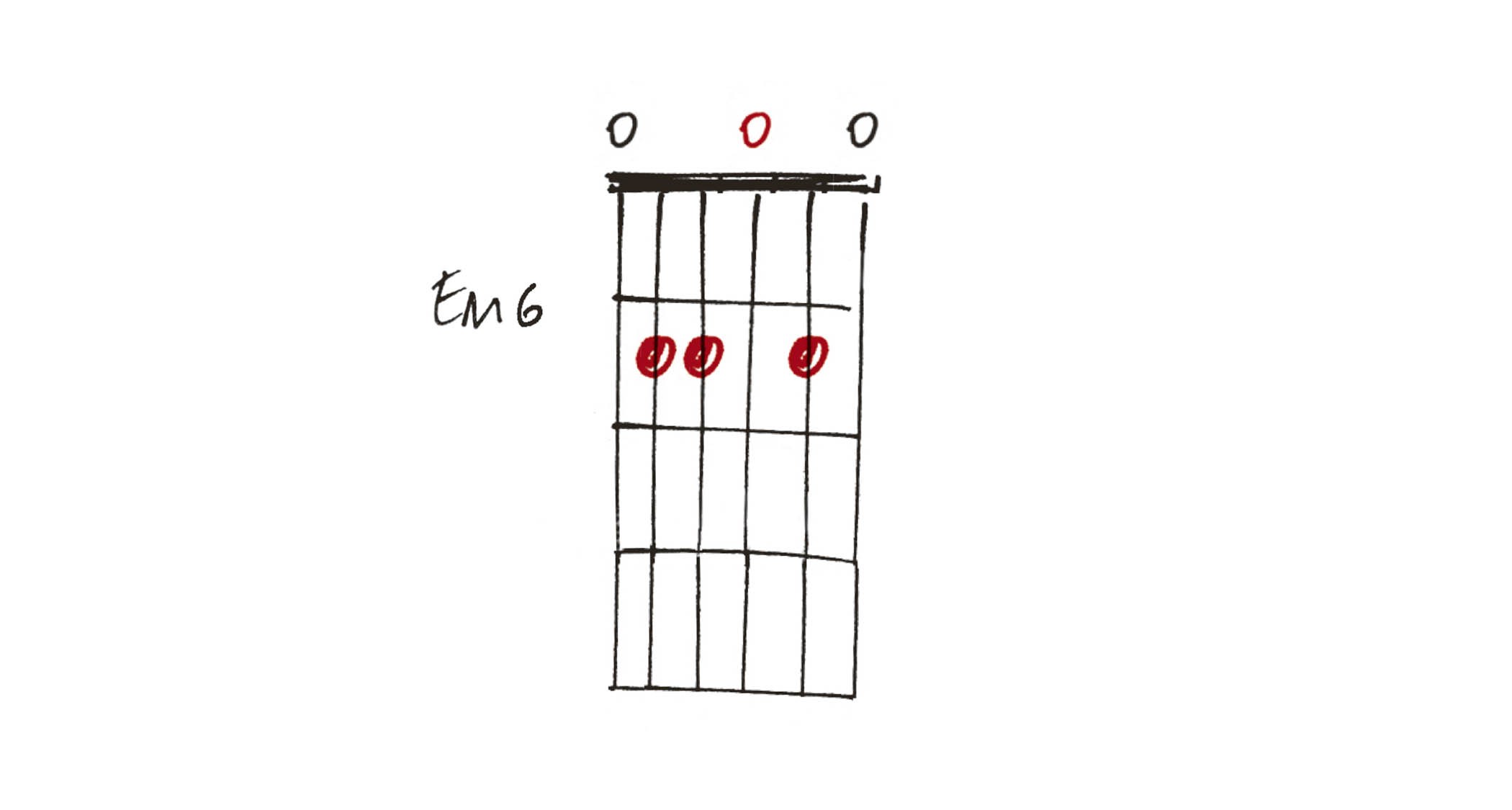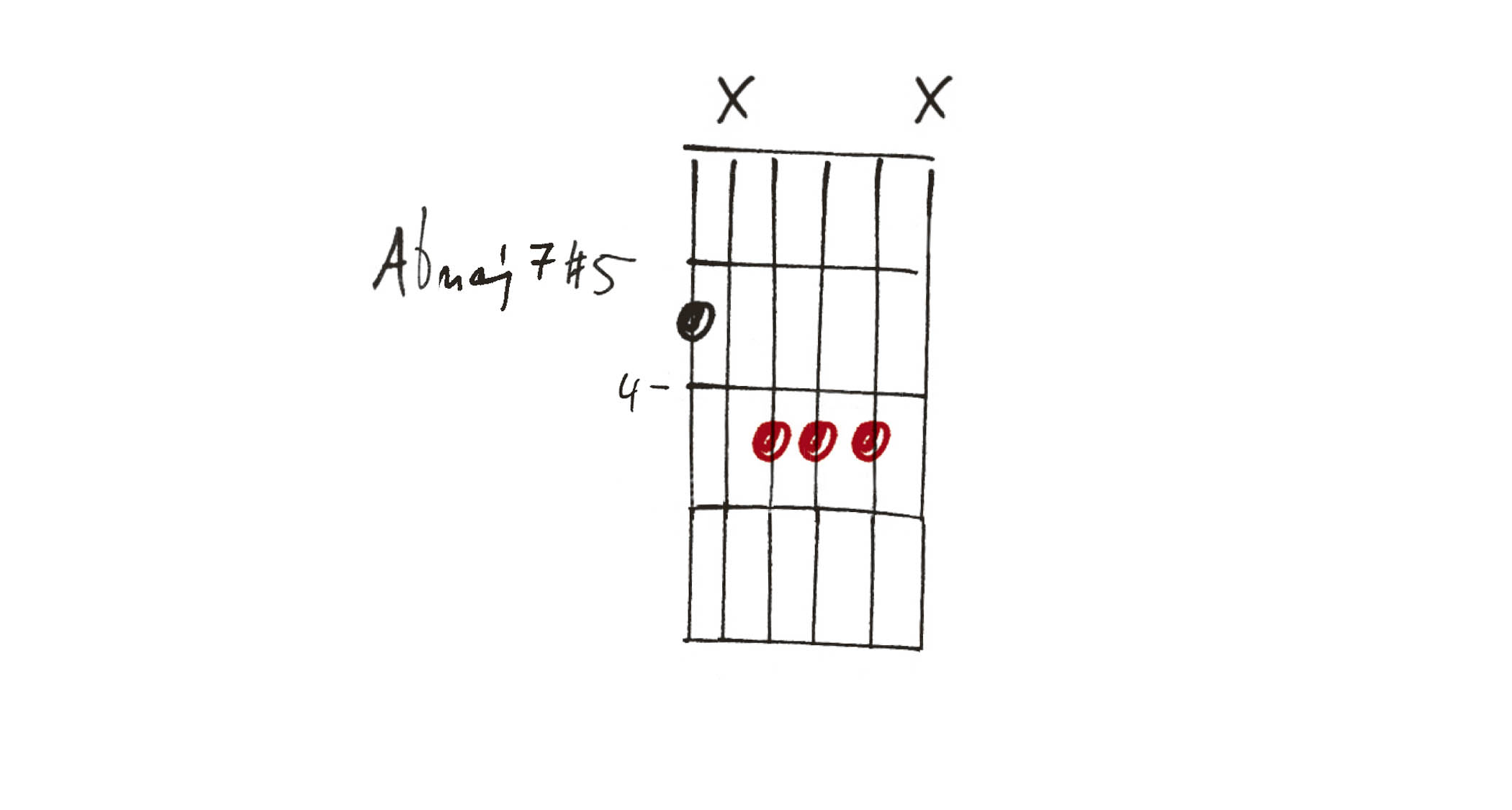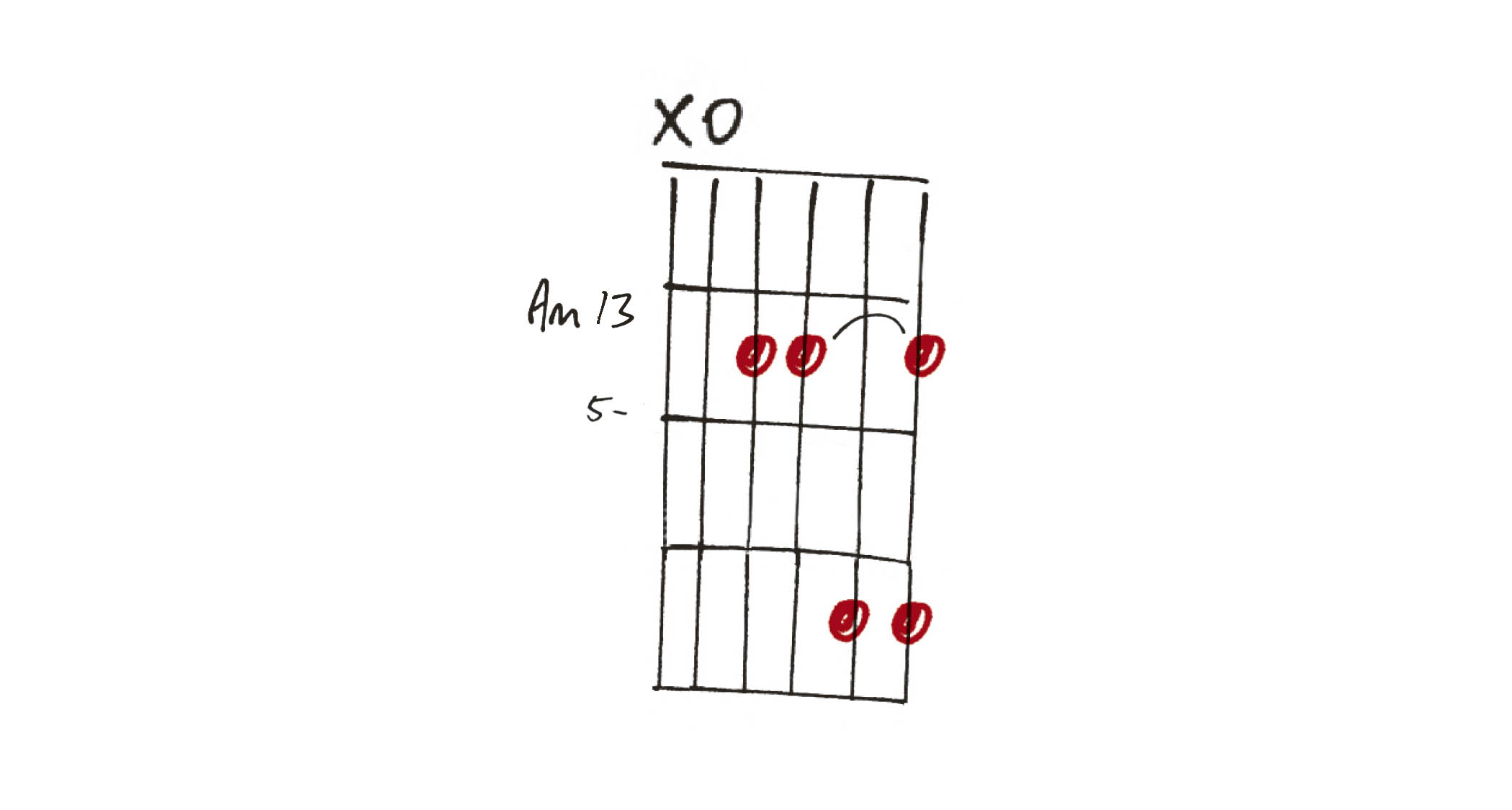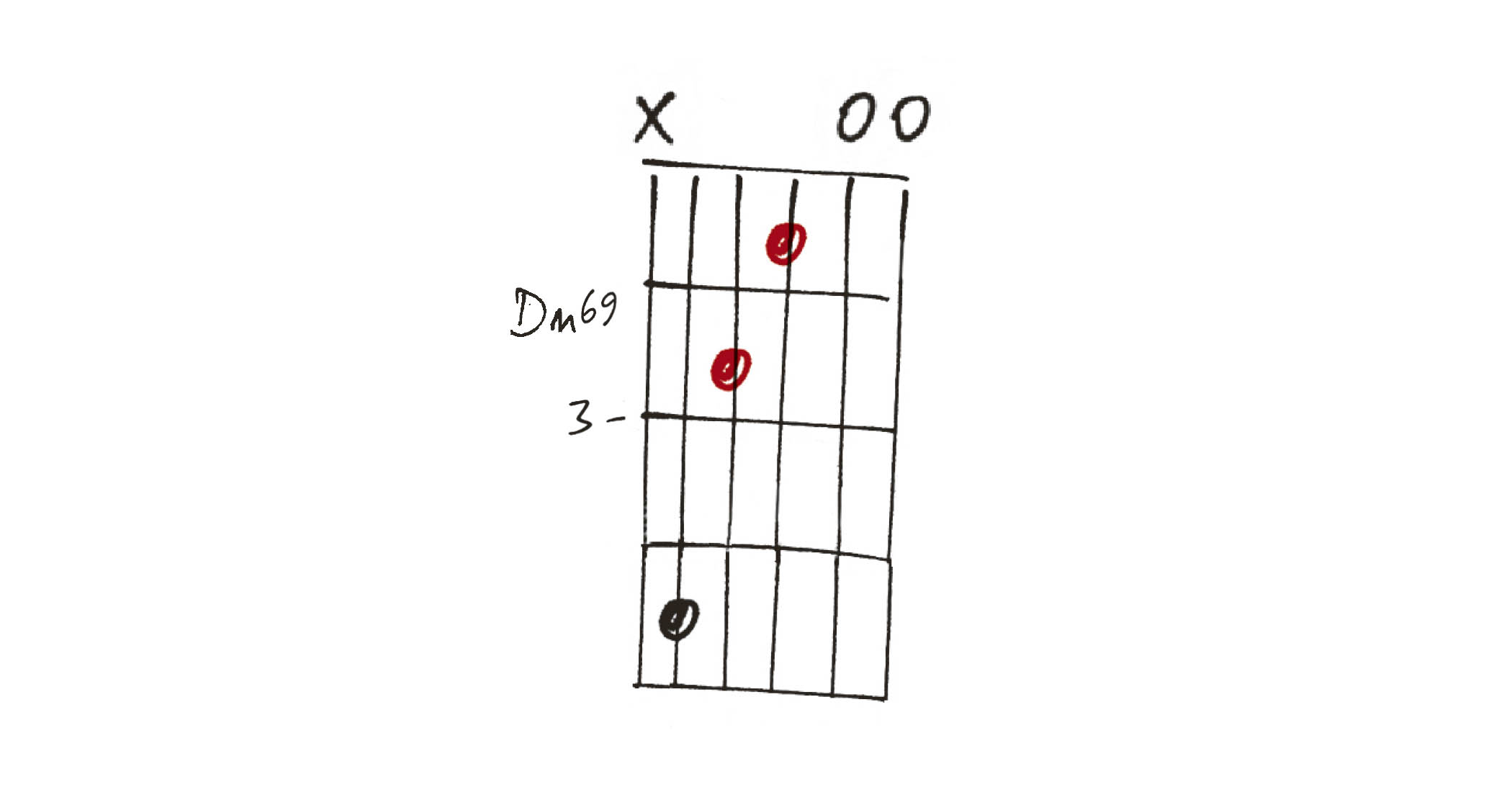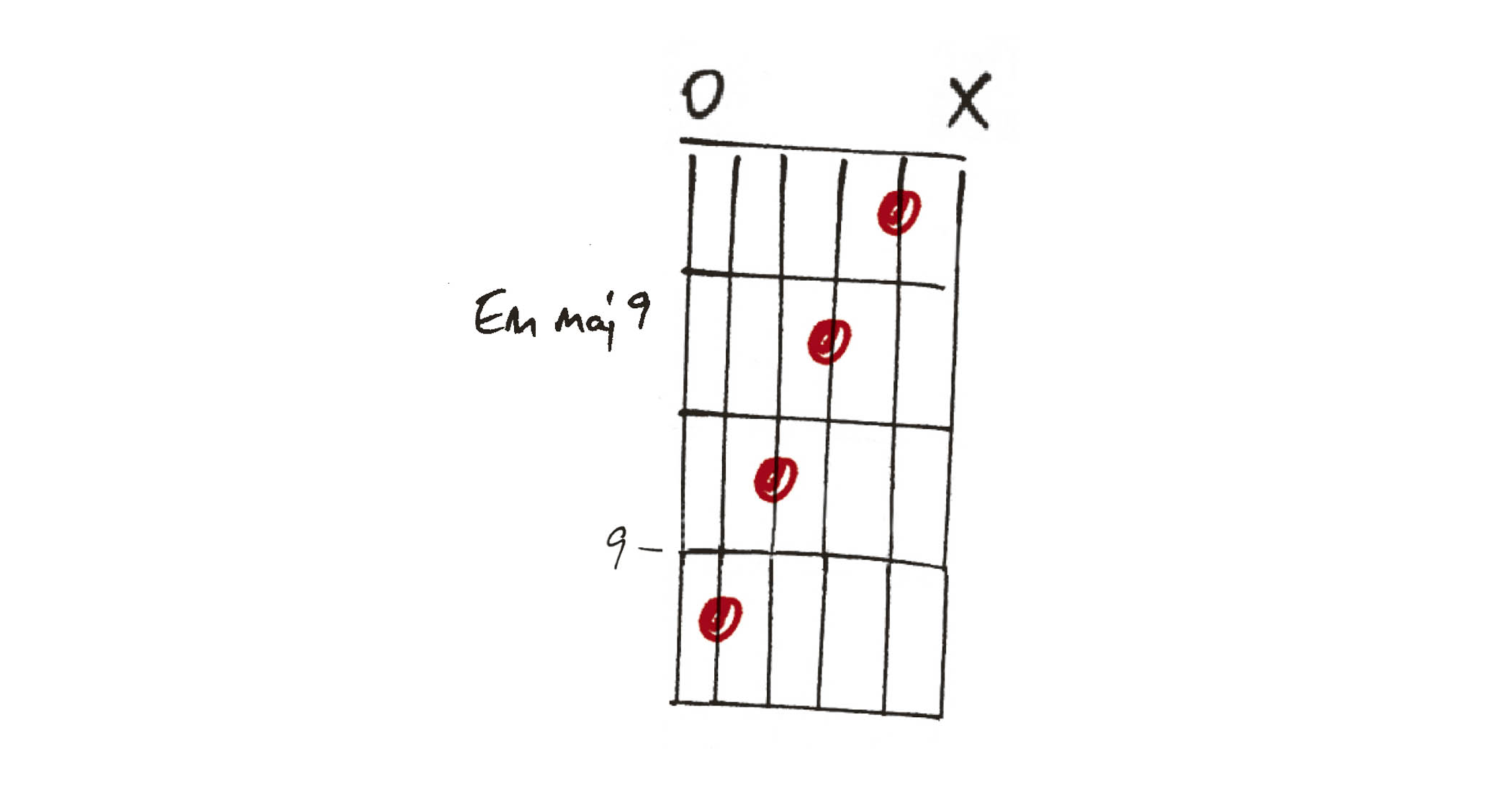5 weird chord shapes that will add mystery, suspense and drama to your songwriting
Aspiring film soundtrack artists, apply within, because with high drama, sometimes you need something more exotic than an open G...

Just as we might view major chords as having a ‘happy’ sound and minor chords as bringing a ‘sad’ feeling to a song, there are many other atmospheres or moods that we can create by manipulating or altering the voices in a chord.
This can include adding or taking away, with a great example being sus chords, where the suspended note (either a 2nd or 4th) replaces the 3rd, rather than adding it (you guessed right: this would make add2 or add4).
The examples here are geared more towards the dramatic. I'm talking about the kind of chords that might feature in a film soundtrack to underline the gravitas or the terror of the events happening on screen. Having said that, these chords are also a lot of fun!
Example 1. Em6
This Em6 chord works beautifully as a passing chord going to or from an Em7. It is as a static, unresolved chord like this that it develops the most tension and mystery, though. John Lennon loved this voicing – and you’ll hear it clearly in Jealous Guy and Julia.
Example 2. Abmaj7#5
There are various ways this cliffhanger of a chord could be named, but the most logical is Abmaj7(#5). If you flatten the E on the second string to an Eb at the 4th fret, you’ll see why. This could be resolved to another chord, such as Abmaj7, but its real power is when it is left to hang in the air like an unanswered question…
Example 3. Am13
This Am13 is the kind of chord that Brian Setzer might use at the end of a Stray Cats, song and it may remind you of the minor 6th chord we looked at earlier. But by virtue of the b7 (G), this 6th is renamed 13th. The note is still an F# but now code for ‘add a b7, too’.
Example 4. Dm6/9
This Dm6/9 shape is another great chord for endings. As you can see, it’s a ringing open chord, adding a B (6th) and an E (9th) above the fretted D minor triad. You could call this Dm add6 add9, which would be correct, but perhaps a little over‑conscientious…
All the latest guitar news, interviews, lessons, reviews, deals and more, direct to your inbox!
Example 5. Em/maj9
What a moment it must have been when Monty Norman decided an Em/maj9 would be the perfect way to end the James Bond theme – a chord so iconic it’s now known as the James Bond chord.
The contradictory-sounding Em/maj9 name abbreviates E minor with a major 7th (D#) and a 9th. So the ‘major’ part refers to the 7th.
As well as a longtime contributor to Guitarist and Guitar Techniques, Richard is Tony Hadley’s longstanding guitarist, and has worked with everyone from Roger Daltrey to Ronan Keating.
